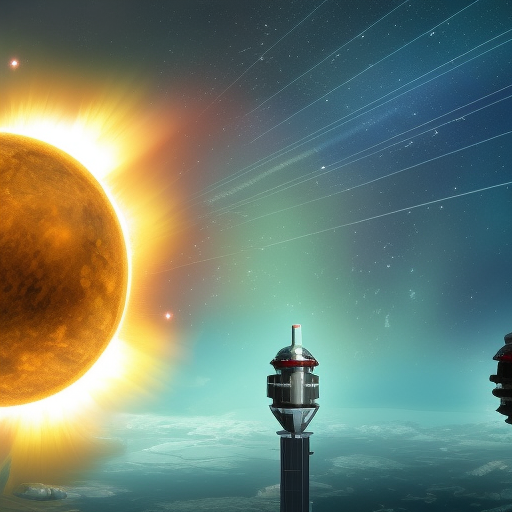
Resolves YES if the earth's total (known, published) capacity for space-based solar power exceeds 2GW, averaged over 1 hour, any time before the year 2060. This refers to power generated by solar panels in space being transmitted to earth and captured for terrestrial use, at the output of the rectenna/receiver.
This can be satisfied by the sum of multiple systems across multiple nations.
This can be satisfied by the sum total of military LEO power delivery, but only if confirmed/published by corresponding authorities. I anticipate (and would prefer) that this will instead be satisfied by a geostationary system intended primarily for civilian benefit.
Update 2025-11-10 (PST) (AI summary of creator comment): Space-based reflectors do not count. The solar panels must be in space (i.e., the initial conversion from sunlight to electricity must take place in space). Systems that merely reflect sunlight to Earth-based solar panels will not count toward the 2GW threshold.
People are also trading
@EvanDaniel whilst I hadn't anticipated that when writing the question, the question concerns solar panels in space, i.e. the (initial) conversion takes place in space. A reflector wouldn't count for the purposes of this market.
If space-only power counts... 2060 is far off and 8 months ago just the starlinks in orbit already did 20MW. That's without the second gen satellites.
Two orders of magnitude over 4 decades isn't crazy.

@Mqrius this is explicitly for power beamed down to earth, and I'll make that explicit in the question. I must say I hadn't realised quite how much solar was up in space already!
@Tomoffer Cool, I thought so but wanted to make sure!
Yeah Starlink has been going at it like crazy 😅
@Tomoffer New question: at which point is the 2GW measured? Power hitting solar panels, power converted by solar panels, power sent down to earth, power received on earth, or power sent out from the earth ground stations after conversion?
@Mqrius this is captured on earth. So this is power coming out of the rectenna, so usable power downconverted from any microwave carrier, laser, whatever. However any inverters, transformers, additional infrastructure etc for grid integration need not be included in any losses. My intention here is that the technology which is fundamental to the SBSP system (rectenna) is considered, but nothing downstream. Hard to be more precise without a block diagram of a proposal, but hopefully that's enough detail for resolution.
@Thomas42 yeah they're talking on the order of km arrays so that sounds about right. The "rectennas" on the ground are significantly bigger!
@AndrewHartman if we get to 2GW on systems like these, I assume we'd be ramping up from there. There would be a ton of R&D cost that would need to be amortized over further deployments. 2GW is intended as a post-experimental but pre-full-scale milestone, inspired by the UK proposal https://spaceenergyinitiative.org.uk/space-based-solar-power/
@AndrewHartman that same proposal puts the cost below nuclear, assuming starship comes off, for what it's worth.
@Tomoffer the cost of nuclear is arbitrary. If somebody would want to build them, they'll regulate the price accordingly.
@Thomas42 wow that's a great point, thanks. I guess averaged across one hour is more than enough to close this loophole? (The only justification for an upper limit is that catastrophic system failure after even a few days, say, should still resolve this YES.)